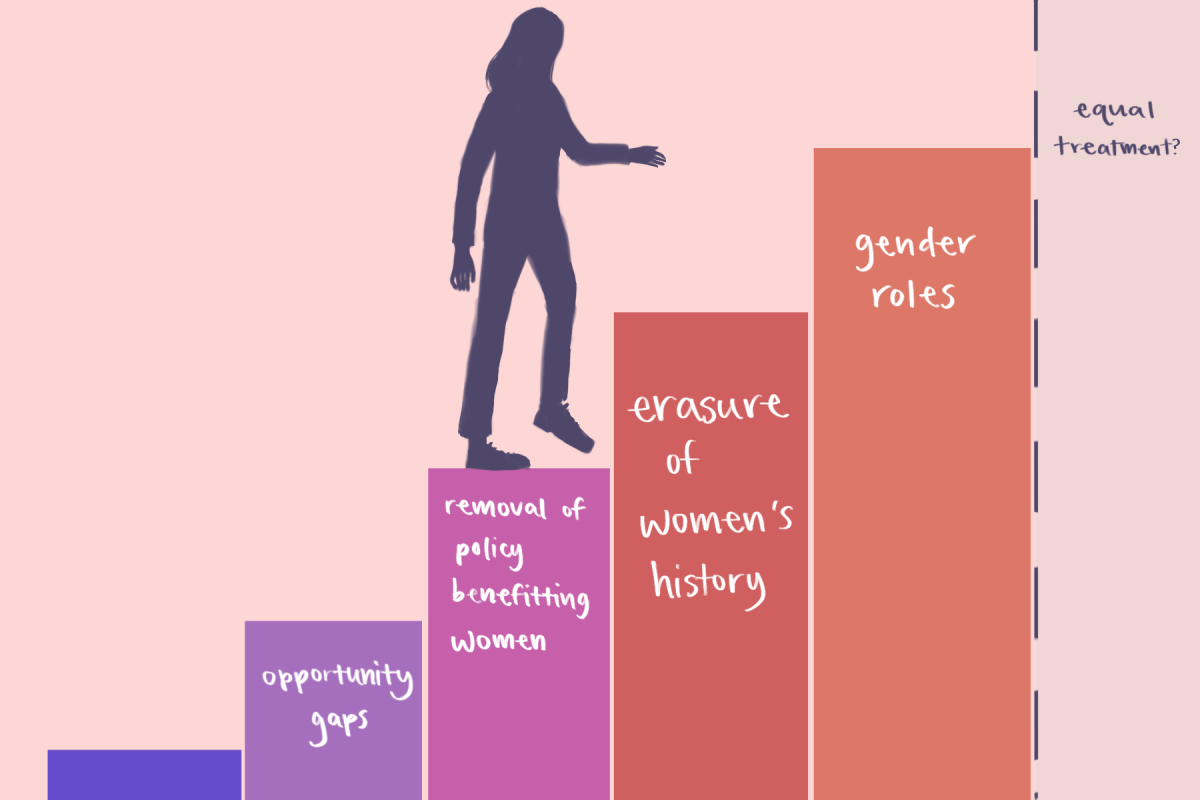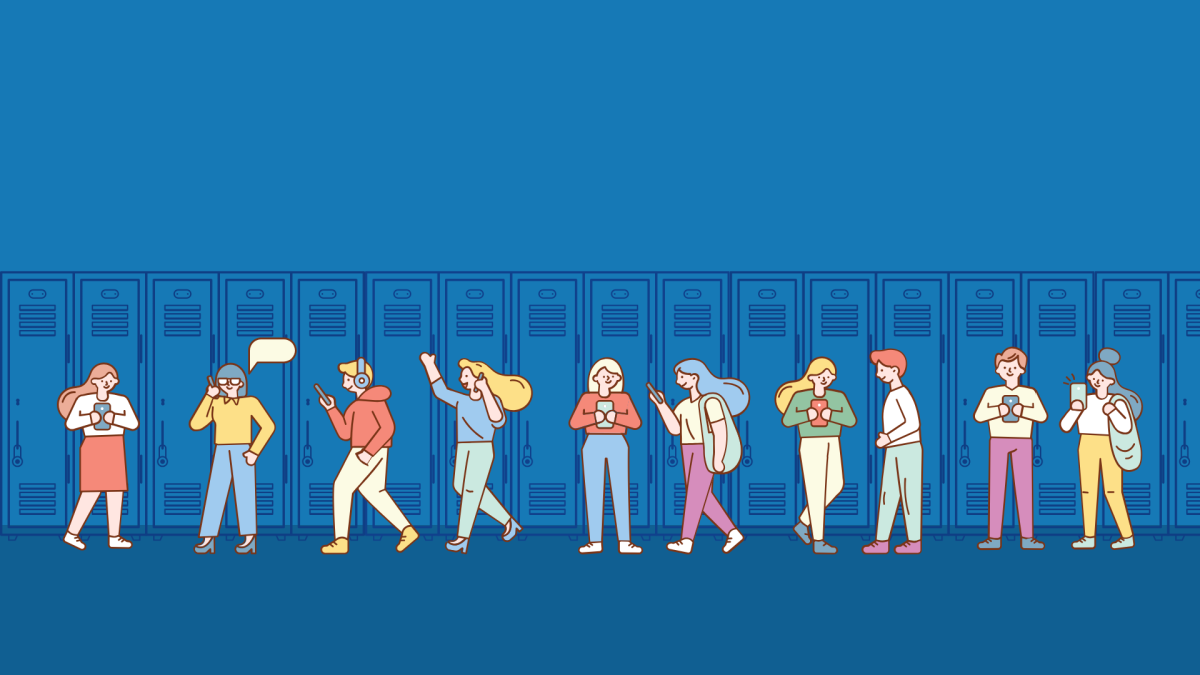Student publications are driven by the student voice, an impactful expression of young minds threatened by the poor awareness of press freedom. It is student press freedom that prevents the crucial words of teens from being erased.
Feb. 22 marks Student Press Freedom Day, which serves to protect the First Amendment rights given to student journalists. It highlights the work of student journalists and their advisers while also raising awareness of censorship issues. Within the First Amendment are the freedoms of speech and the press, strengthening the public’s right to know and publications’ right to express and communicate with media outlets. Students are no exception as they can shape school communities with their voices.
First Amendment rights have paved the way for in-depth journalism, giving a chance for student journalists to express their views on matters that concern their teenage audience. These rights help the teen demographic learn how to think critically for themselves and analyze a variety of beliefs. With the risk of constant censorship also lies a risk of misinformation and propaganda. The protection of these rights is critical for the development of an informed citizenry and press.
While student journalists are not as widely recognized as major news publications, they provide impactful commentary on issues that can influence their government and other bodies of law that impact the future of their adult lives. The Pearl Post’s most recent article on legislation was about the anti-LGBTQ bills that were signed by Gov. DeSantis and how the decision to approve the bills affects LGBTQ teens. Student journalists offer a different outlook on major events like this and also focus on issues relevant to student communities. Student publications can cover local events or cater to student audiences.
Students have long since started to fight for their right to deliver powerful, telling perspectives. Through cases like Tinker v. Des Moines, where the right to undisruptive student speech was supported, and Hazelwood v. Kuhlmeier, where public schools were given the authority to restrict student speech for their educational mission, the morality of limiting student expression is tested time and time again. Student press freedom is a timeless topic of importance for students who seek to share their perspectives on what impacts them. Even in a digital age, student publications provide new ideas for ongoing issues.
Student publications such as The Pearl Post provided information about the effects COVID-19 left on students. Many student media outlets publish articles on social issues in school communities, criticizing their effects on student mental health. Despite the numerous feats of young journalists, the Student Press Law Center (SPLC) finds that censorship continues to prevent the spread of vital information through threats, the prevention of access to publicly accessible information, strict school administrators, funding cuts and uncertainty of student press freedom.
Censorship also threatens the jobs of journalism advisers. At Daniel Pearl Magnet High School (DPMHS), journalism adviser Adriana Chavira was issued a suspension without pay from LAUSD for refusing to remove former librarian Greta Enzser from an article on staff leaving after the COVID-19 vaccine mandate. Former journalism advisor Carla Gomez was dismissed from Mountain View High School after the student publication “The Oracle” published an in-depth investigation into sexual harassment. Despite California Ed code 48907 protecting employees from being suspended, disciplined or dismissed for acting to protect pupils in journalist conduct, administration continues to discipline advisers.
A lack of student press freedoms will only cover the eyes and ears of students, closing them off from issues they must be made aware of. Students need to know the rights that the First Amendment gives them and the importance of their voices. Schools should not attempt to limit the harmless yet meaningful opinions of young journalists. This holds especially true for schools like DPMHS, where student media outlets actively participate in showing the perspectives of various students. While the staff of The Pearl Post recognizes that they are given more student press freedom due to being in the state of California, which has among the strongest press laws, they still feel the effects of restriction from administration.
Schools should stress the importance of student voices and student press freedom. There are many instances where student journalism has proven itself to be beneficial and fundamental to student expression. The preservation of these rights should continue and student journalists should use these rights to create an informed school environment. Students should continue to voice their opinions without the threat of censorship. However, this cannot happen without an active student body protected by press freedoms.










